
Factors to Consider for Sustainable Homebuyers in Austin
Austin is known for its commitment to environmental sustainability and eco-conscious living, making it a great place to purchase a home if you’re looking for a green home. But with so many neighborhoods to choose from, how do you know which area is the most sustainable? Eco-conscious homebuyers in Austin should consider a few key factors when selecting the most sustainable neighborhood for their needs.
First and foremost, look for neighborhoods that have adopted green initiatives. From energy-efficient buildings to wastewater recycling systems, green initiatives can help reduce your carbon footprint and conserve resources. Look for homes that have energy star-rated appliances and solar panels to help reduce your energy usage, or even consider buying a home that uses rainwater harvesting for irrigation and other uses. Check with local government organizations to find out what green initiatives have been adopted in your potential neighborhood.
Another factor to consider is the number of green spaces in the area. Green spaces provide a natural habitat for local wildlife, as well as a place for people to relax and enjoy the outdoors. Look for neighborhoods with parks, walking trails, and other natural areas that can provide a place for community members to gather and enjoy the outdoors. The greater the number of green spaces, the easier it will be to reduce your carbon footprint.
Finally, research the walkability of the area. If you’re looking to reduce your carbon footprint even further, it’s important to find a neighborhood that is pedestrian friendly. Look for neighborhoods with sidewalks, bike lanes, and access to public transportation. This can help you reduce your reliance on cars and help reduce air pollution in your area.
When selecting a sustainable neighborhood in Austin, it’s important to consider factors such as green initiatives, green spaces, and walkability. Doing so will ensure you select the most eco-friendly neighborhood that suits your needs. So don’t hesitate to start your home search today and find the most sustainable neighborhood in Austin for you and your family.
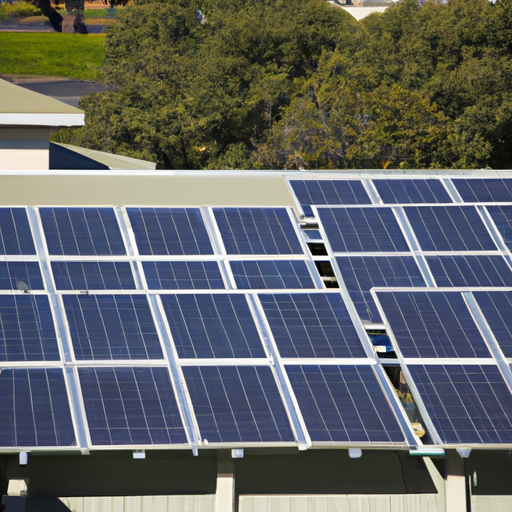
The Benefits of Sustainable Living in Austin
Austin is one of the most progressive cities in the world when it comes to sustainability, and eco-conscious homebuyers can benefit from living in the city’s most sustainable neighborhoods. Not only does living in a sustainable neighborhood provide numerous benefits, but it also gives residents the opportunity to foster a healthier living environment by conserving resources and promoting sustainability.
Living in a sustainable neighborhood has numerous advantages, including lower energy costs, improved air quality, and a more efficient use of water. Austin is home to numerous neighborhoods that focus on sustainable living, from high-tech green homes to traditional eco-friendly developments. By choosing to live in one of these neighborhoods, homeowners can enjoy lower energy costs and a healthier living environment.
In addition to the environmental benefits, living in an eco-friendly neighborhood in Austin also provides a sense of community. Numerous projects have been developed to promote sustainable living, such as community gardens, green spaces, and public transportation. These initiatives are designed to bring people together and create a sense of community that is often lacking in traditional neighborhoods.
One of the advantages of living in a sustainable neighborhood in Austin is the access to green technologies. Many of these neighborhoods are equipped with solar panels, green roofs, and other energy-efficient features that can help reduce energy costs. In addition, some of these neighborhoods are also equipped with green infrastructure, such as rainwater harvesting systems, which can be used to conserve water and reduce bills.
Finally, sustainable neighborhoods in Austin are also great places to grow food. Many of these neighborhoods have community gardens, greenhouses, and other resources that can be used to grow fresh fruits and vegetables. Homeowners can take advantage of these resources to cultivate their own food and reduce their reliance on store-bought produce.
Living in a sustainable neighborhood in Austin can provide numerous benefits for eco-conscious homebuyers. Not only will they enjoy lower energy costs and improved air quality, but they will also be part of a vibrant community that is dedicated to promoting sustainable living. With access to green technologies and plentiful resources for growing food, Austin’s sustainable neighborhoods are an ideal option for eco-friendly homebuyers.
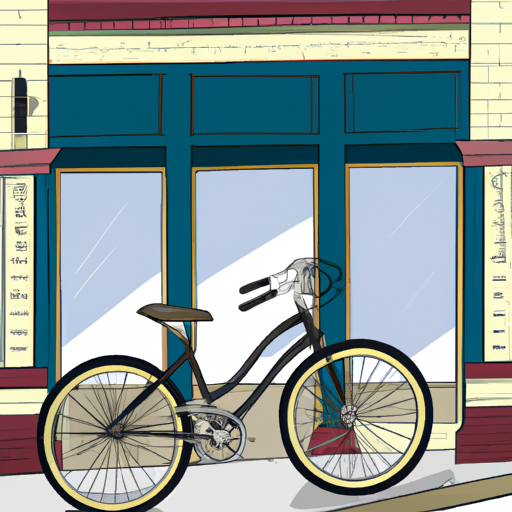
The Most Sustainable Neighborhoods in Austin
The city of Austin is a vibrant and thriving place to live, work, and play. It is also one of the greenest cities in the US, with a commitment to sustainability and preserving the environment. For eco-conscious homebuyers looking for the most sustainable neighborhoods in Austin, the search can be daunting. But with the right information and a bit of research, you can find a place that is not only green but also fits your lifestyle.
To start your search, begin by looking at the city’s commitment to green living. The city of Austin has a Green Building Program which encourages developers and builders to construct buildings that are energy efficient and sustainable. The city also has an active recycling program and encourages homeowners to use renewable energy sources. Additionally, Austin is home to the world’s largest urban bat colony, which helps to control the mosquito population and reduce the use of pesticides.
When looking for the most sustainable neighborhoods in Austin, consider neighborhoods that are walkable and bikeable. Look for streets with bike lanes and sidewalks, as well as parks and green spaces. Make sure to check out the availability of public transportation, too. This can help reduce your carbon footprint, as well as make it easier to get around.
For sustainable housing options, look into green building materials such as recycled lumber, bamboo, and low-VOC paints and insulation. These materials are more energy-efficient than traditional materials and help reduce your energy bills. Additionally, look for homes with energy star appliances, which use less energy than conventional appliances.
Finally, look for neighborhoods that are close to local businesses and amenities. This could include farmers markets, grocery stores, coffee shops, and restaurants. Being close to these places reduces the need to drive and makes it easier to live a sustainable lifestyle.
Overall, there are many great neighborhoods in Austin that are both sustainable and fit your lifestyle. With the right research and information, you can find the perfect home for you and your family. And with Austin’s commitment to green living and sustainability, you can be sure that your home will be both eco-friendly and comfortable.
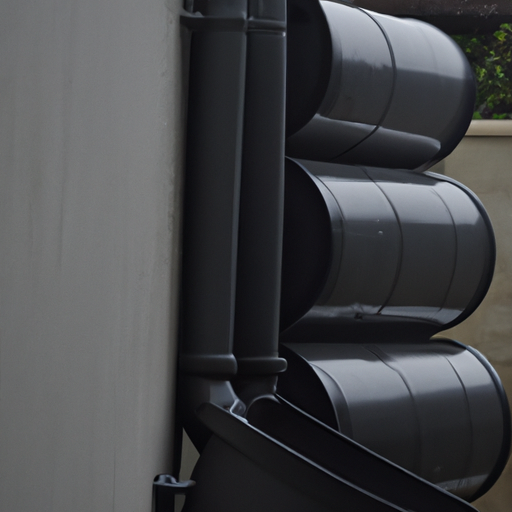
The Impact of Austin’s Sustainable Neighborhoods on the Environment
Austin is known for being a hub of creativity and innovation, and this is especially true when it comes to its sustainable neighborhoods. Austin’s sustainable neighborhoods are working to make a positive impact on the environment while providing a comfortable and convenient place to live. From utilizing renewable energy sources to encouraging eco-friendly lifestyles, these neighborhoods are proving that sustainability and quality of life can go hand-in-hand.
The renewable energy sources utilized by some of Austin’s sustainable neighborhoods are making a difference when it comes to reducing carbon emissions. Solar panels are becoming more common in many of these neighborhoods, providing homes with clean, renewable energy. This helps to reduce the amount of energy produced by traditional sources such as coal and natural gas. Additionally, some neighborhoods are also utilizing geothermal energy, which is collected from the ground and used to heat and cool homes.
The green lifestyle encouraged in many of Austin’s sustainable neighborhoods is also making a positive impact on the environment. For example, some neighborhoods have implemented composting initiatives, which turn organic waste into nutrient-rich fertilizer. This helps to reduce the amount of waste sent to landfills and encourages residents to be more mindful of their consumption. Additionally, some neighborhoods have also implemented policies that promote water conservation, such as xeriscaping. This is beneficial for the environment because it reduces the amount of water used to maintain lawns and gardens.
Austin’s sustainable neighborhoods are also encouraging residents to make use of alternative transportation methods. This helps to reduce the amount of emissions produced by cars, making the air cleaner and healthier for everyone. Additionally, some neighborhoods are also introducing bike lanes and carpooling initiatives, which further reduce the amount of emissions produced.
The impact of Austin’s sustainable neighborhoods on the environment is undeniable. From utilizing renewable energy sources to encouraging eco-friendly lifestyles, these neighborhoods are helping to reduce the city’s carbon footprint and make Austin a greener, healthier place. Not only are these neighborhoods making a positive impact on the environment, but they are also providing residents with a safe and comfortable place to live. For eco-conscious homebuyers looking to make a difference, Austin’s sustainable neighborhoods are definitely worth exploring.
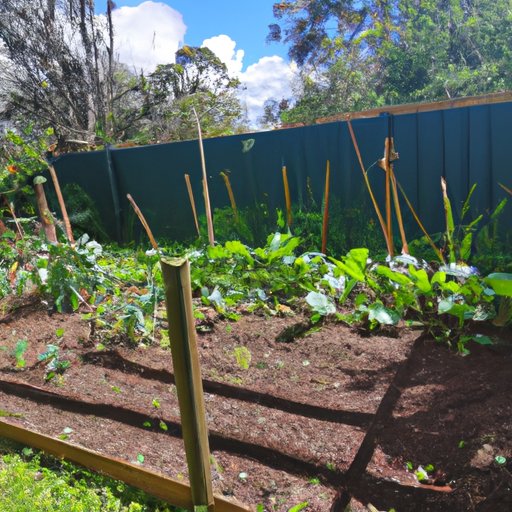
Exploring the Eco-Friendly Amenities of Austin’s Sustainable Neighborhoods
For eco-conscious homebuyers looking for the most sustainable neighborhoods in Austin, there are plenty of options to choose from. From green homes to eco-friendly amenities, Austin’s sustainable neighborhoods are a great option for those looking to make a positive impact on the environment.
In the eco-friendly neighborhoods of Austin, you can find green homes, energy-efficient appliances, and a variety of sustainable amenities. Some of the top green homes in Austin include the Austin Green Home, Green Acres, and the Green House. These homes are designed to maximize energy efficiency and reduce carbon emissions. You can also find homes equipped with solar panels, rainwater harvesting systems, and other features that reduce the environmental impact of the home.
The amenities in Austin’s sustainable neighborhoods are just as impressive. Many neighborhoods have community gardens and farms that provide locally grown produce for residents. In addition, you can find bike paths, electric charging stations, and other eco-friendly features. These amenities make it easy for residents to reduce their carbon footprint and to enjoy a healthy lifestyle.
Austin is also home to a number of green businesses that help to improve the environment and the local economy. These businesses include zero-waste cafes, sustainable clothing stores, and organic food co-ops. These businesses provide a great example of how sustainability can be incorporated into the local economy.
Austin has also made a commitment to reducing its carbon footprint. The city has implemented a number of initiatives, including the use of renewable energy sources and energy efficient buildings. The city also has an ambitious plan to reduce water usage and to increase the use of green spaces.
These initiatives have made Austin one of the most sustainable cities in the United States. Eco-conscious homebuyers looking to make a positive impact on the environment should consider exploring the eco-friendly amenities and green homes in Austin’s sustainable neighborhoods. With its commitment to sustainability, Austin is a great place to call home.
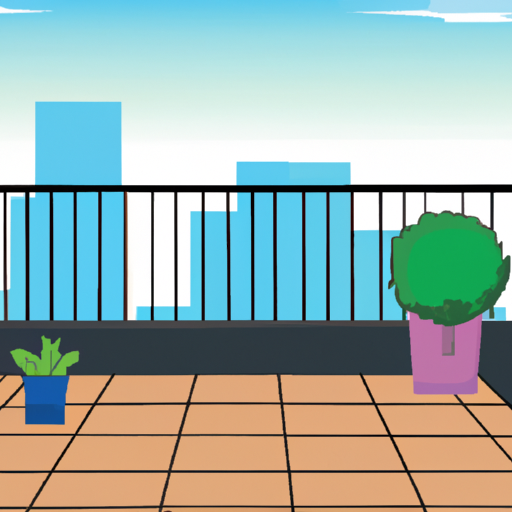
Comparing Sustainable Neighborhoods in Austin
The city of Austin is a great place to live for those who care about the environment and sustainability. With its burgeoning green scene, the city is home to some of the most eco-conscious neighborhoods in the country. But with so many options, it can be difficult to determine which neighborhoods offer the most sustainable living options. To help eco-conscious homebuyers make an informed decision, we’ve compared the most sustainable neighborhoods in Austin.
The first neighborhood we’ll consider is Mueller. Located in the heart of Austin, Mueller is a master-planned community that has won numerous awards for being one of the most sustainable neighborhoods in the country. Mueller is powered by renewable energy and is home to a variety of green businesses and organizations, including a zero waste grocery store, a composting center, and a bike shop. The neighborhood also features extensive green infrastructure, including rainwater harvesting and extensive green spaces.
The next neighborhood to consider is South Congress. This vibrant neighborhood is home to some of the city’s best boutiques, restaurants, and bars, but it also offers some of the most eco-friendly living options in the city. South Congress is home to the world-famous South Congress Hotel, which is powered by 100% renewable energy and recycles all of its food waste. The neighborhood also features a number of green initiatives, including a community garden and a bike-share program.
Finally, we’ll consider the Barton Creek neighborhood. Barton Creek is revered for its beautiful green spaces, and its commitment to sustainability is just as impressive. The neighborhood is home to several LEED-certified buildings, and it also offers a number of green amenities, such as a community solar panel system and several green businesses. Residents of Barton Creek also have access to a variety of green spaces, including a nature preserve and several hiking trails.
When it comes to sustainable living, Austin has a lot to offer. From Mueller to South Congress to Barton Creek, there are plenty of neighborhoods that offer eco-conscious homebuyers a variety of sustainable living options. Whether you’re looking for green infrastructure or green businesses, Austin has something to offer every eco-conscious homebuyer.
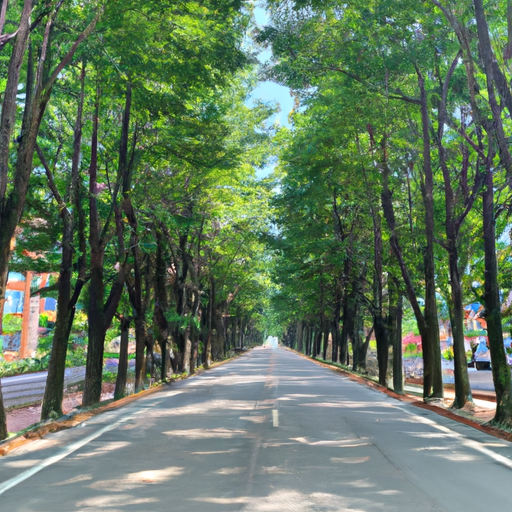
Factors that Influence the Sustainability of Austin’s Neighborhoods
When considering the most sustainable neighborhoods in Austin, there are a variety of factors to consider. From the types of businesses located in the area to the types of transportation options available, eco-conscious homebuyers must consider each of these components to make an informed decision.
First, the types of businesses located in the area can have a significant impact on the sustainability of the neighborhood. A neighborhood with a wide variety of sustainable businesses, such as solar panel installers, electric vehicle charging stations, and green grocers, will score higher on the sustainability scale than one that is largely composed of traditional, non-eco-friendly businesses.
Second, transportation options can play a role in how sustainable a neighborhood is. Neighborhoods that have access to public transportation, such as buses and trains, tend to have lower emissions and are more sustainable than those that rely solely on cars. Additionally, neighborhoods that are bike-friendly or have dedicated bike lanes can also be considered more sustainable since they encourage people to choose a more sustainable form of transportation.
Third, the types of housing available in the area can also influence the sustainability of the neighborhood. In Austin, eco-friendly housing options are becoming increasingly popular. From tiny homes to energy-efficient homes, these housing options can reduce energy consumption and help create a more sustainable neighborhood.
Fourth, the types of parks and open spaces in the area can contribute to sustainability. Parks and open spaces provide green space and can help reduce the urban heat island effect. Additionally, parks and open spaces can also contribute to air quality by providing additional green space for trees and vegetation, which can help purify the air.
Finally, the type of waste management practices in the area can also have a major impact on the sustainability of the neighborhood. Neighborhoods that have access to composting and recycling centers can help reduce the amount of waste that is sent to landfills and help create a more sustainable environment.
Overall, eco-conscious homebuyers should consider all of these factors when looking for the most sustainable neighborhoods in Austin. By taking into account the types of businesses, transportation options, housing types, parks and open spaces, and waste management practices in the area, homebuyers can make an informed decision and find the most sustainable neighborhood to call home.
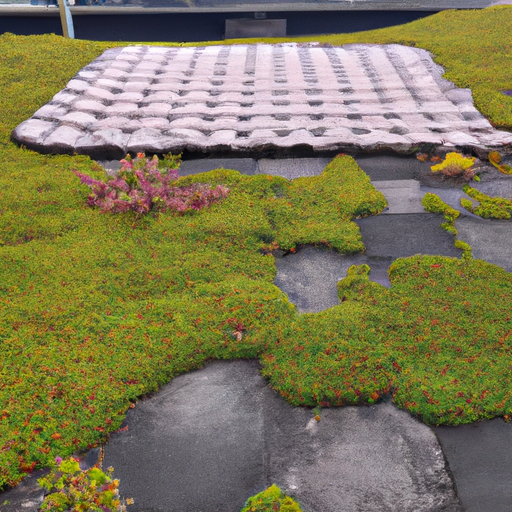
The Cost of Living in Austin’s Sustainable Neighborhoods
The cost of living in Austin’s sustainable neighborhoods is a major concern for eco-conscious homebuyers. The good news is that, thanks to the city’s commitment to sustainability and the development of green initiatives, living a sustainable lifestyle in Austin can be more affordable than you might think.
The cost of living in Austin’s sustainable neighborhoods will vary depending on the specific area. Generally, the prices of homes in Austin’s sustainable neighborhoods are higher than other areas of the city, but the cost of living is still lower than the national average. This means that eco-conscious homebuyers can still find affordable housing options in Austin’s sustainable neighborhoods.
The cost of utilities in Austin’s sustainable neighborhoods is also lower than the national average. In addition to the city’s commitment to renewable energy, Austin’s sustainable neighborhoods often have energy-efficient features, such as solar panels, energy-efficient appliances, and low-flow plumbing fixtures. These features can help reduce the cost of energy bills, making it easier to stay on budget while living a sustainable lifestyle.
One of the most attractive aspects of living in Austin’s sustainable neighborhoods is that many of them offer access to local amenities. These amenities can include public parks and green spaces, community gardens, farmer’s markets, and other places to shop and eat locally. These amenities can help reduce the cost of groceries and eating out, allowing eco-conscious homebuyers to save money while still living an eco-friendly lifestyle.
In addition to these cost-saving benefits, Austin’s sustainable neighborhoods also offer a unique sense of community and connection. Many of these neighborhoods are home to community-run projects, such as composting or recycling initiatives, which help to foster a sense of connection and responsibility among residents. Community members can also come together to create and maintain sustainable gardens, community centers, and other green spaces that help to create a sense of community and connection.
In short, the cost of living in Austin’s sustainable neighborhoods is lower than the national average, yet still offers access to amenities and a sense of community. Eco-conscious homebuyers can find beautiful, affordable housing options that help them stay on budget while still living a sustainable lifestyle. With so much to offer, Austin’s sustainable neighborhoods are an ideal option for eco-conscious homebuyers.

Exploring the Local Economy in Austin’s Sustainable Neighborhoods
Exploring the local economy in Austin’s sustainable neighborhoods is essential for eco-conscious homebuyers. Living in a sustainable neighborhood requires more than just the right green features and energy-efficient appliances; it requires a deep commitment to supporting the local businesses and organizations that make your neighborhood unique. Fortunately, Austin is home to many sustainable neighborhoods that boast a vibrant local economy.
Austin’s sustainable neighborhoods are filled with unique local businesses, from green-friendly cafes and restaurants to eco-friendly boutiques and stores. Shopping at these local establishments ensures that you are supporting the local economy and investing in the people and organizations that make your neighborhood so special. Additionally, these businesses often have a passion for sustainability, using green materials, energy-efficient products, and recycled or upcycled items in their operations.
Another great way to explore the local economy in Austin’s sustainable neighborhoods is through the community events and organizations that bring neighbors together. From potlucks and picnics to art shows and music festivals, these events are a great way to discover new businesses and meet like-minded people. Additionally, many of these events are organized by local nonprofits or volunteer groups, giving eco-conscious homebuyers a chance to support their community while also learning more about sustainable living.
When shopping for a home in Austin’s sustainable neighborhoods, it is important to look for ways to support the local economy. Not only will this help ensure the health and vitality of the community, but it will also create more opportunities for eco-conscious homebuyers to explore their sustainable lifestyle. From unique local shops and restaurants to community events and volunteer organizations, there are many ways to embrace the green lifestyle in Austin’s sustainable neighborhoods. By exploring the local economy, eco-conscious homebuyers can make their new home a place of environmental awareness and social responsibility.

The Future of Sustainable Living in Austin
As one of the fastest-growing cities in the United States, Austin is rapidly evolving and adapting to the changing environment. As the city continues to grow, it is important for residents to consider sustainability when making decisions about where to live. Eco-conscious homebuyers are looking for neighborhoods that are making strides towards a greener future.
The city of Austin is making significant strides towards sustainable living. The city has invested in numerous initiatives and programs to reduce emissions and use renewable energy sources. Additionally, the city has adopted several ordinances and regulations to promote the use of green building materials and the development of green spaces. Austin is also taking a proactive approach to mitigating water shortages, aiming to reduce water consumption in the city by a third.
The city of Austin’s commitment to sustainability is inspiring Austinites to make eco-conscious decisions when purchasing homes. More and more homebuyers are looking for neighborhoods that prioritize sustainability. These neighborhoods often feature green building materials, energy-efficient appliances, and access to public transportation.
The best sustainable neighborhoods in Austin are often those that are actively investing in green initiatives. Several neighborhoods in Austin have implemented green initiatives such as installing solar panels on the roofs of homes and businesses, creating green spaces, and investing in public transportation. These neighborhoods are paving the way for a greener future in Austin.
The future of sustainable living in Austin looks bright. As the city continues to invest in green initiatives, more sustainable neighborhoods will be created. Homebuyers can look for neighborhoods that are actively investing in green initiatives, such as solar energy, green spaces, and public transportation. These neighborhoods are the best places for eco-conscious homebuyers to invest in their future.
The future of sustainable living in Austin is in the hands of the people. By making eco-conscious decisions and investing in sustainable neighborhoods, Austinites can help create a greener and brighter future for the city. Eco-conscious homebuyers can look forward to living in a city that is making strides towards a greener future.



